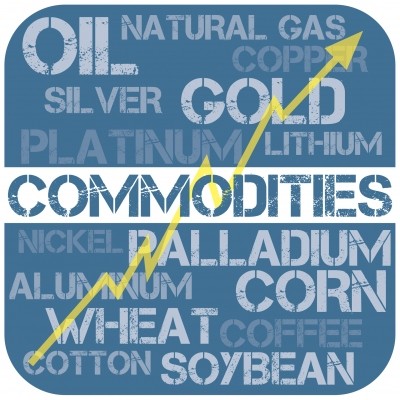WASDE: US soybean and corn production estimates cut

The US Department of Agriculture (USDA) released its World Agricultural Supply and Demand Estimates (WASDE) report on September 12.
Corn cuts
The USDA cut its production estimate for US corn output by over 10.5Mt, reducing expected production in that market from 364.73Mt to 354.19Mt. As a result of trimmed consumption and export projections, US corn ending stocks were also lowered from 35.27Mt to 30.95Mt.
EU corn production is estimated at 58.8Mt, down from 60Mt in August as drought impacts are quantified.
Estimates for Ukraine were somewhat positive, with an increase in corn production in the war-torn country going from 30Mt to 31.5Mt, and an additional 1Mt of exports forecast, bringing total exports to 12.7Mt.
Chinese corn production estimates were raised, up 3Mt to 274Mt. However, import projections have been maintained at 18Mt.
Canadian production estimates have also been hiked, up by 0.5Mt to 14.5Mt.
Soybean story
In what was a surprise move, US soybean production estimates were dropped, from 123.30Mt to 119.16Mt, on a reduced yield outlook.
And despite forecast declines to domestic and export demand, US stock projections have come under pressure, said the analysts at CRM Agri.
Following the reduction in US soybean production estimates, Chicago soybeans also found support, they noted.
The other notable change to global soybean supply and demand estimates has been China’s import projection, with the USDA lowering that again to 97Mt for 2022/23.
Rail strikes looming, hike in interest rates
“Adding to the overall support is a looming threat of strikes for US rail workers set for Friday with the potential for large disruption to US logistics, just as harvest nears,” found a report from CRM Agri.
In addition, the European Central Bank (ECB) decided to raise its key interest rates by 75 basis points last week. “This brings its refinancing operations rate to 1.25%—the highest level in over a decade. The Euro has pushed higher, recovering from below parity with the dollar—back to mid-August levels—but is still down 1.1% from its month-ago level,” the analysts reported.
Boost for Black Sea wheat output
Meanwhile, major changes to global wheat supply and demand came notability from Russia and Ukraine in this month’s USDA WASDE.
Russian wheat production estimates increased by 3Mt to 91Mt, while estimates for Ukraine increased from 19.5Mt to 20.5Mt. However, export projections for Ukraine were maintained at 11Mt. As a result, global supply estimates have increased and projected ending stocks raised from 267.34Mt to 268.57Mt—but are still the lowest since 2016/17, said the CRM Agri team.
Larger supplies boost global consumption by 2.4Mt to 791Mt, almost entirely on increased feed and residual use as food, seed, and industrial use is nearly unchanged. Feed and residual use in Russia is forecast 1Mt higher to 21Mt on additional supplies. EU feed and residual use is increased 1Mt to 44Mt as wheat prices are now more competitive with feed grains, spurring demand.








